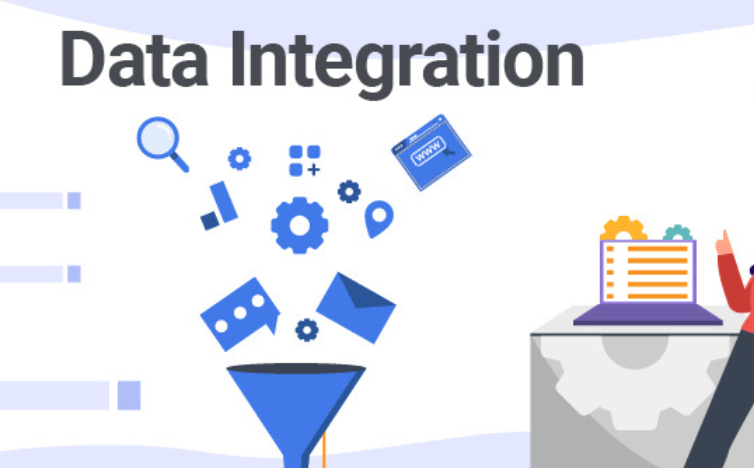In today’s hyper-connected world, the seamless flow of data across multiple platforms is not just a luxury; it’s a necessity. For content creators, language professionals, and tech enthusiasts, mastering data integration is paramount. This blog post will guide you through the best data integration tools available, each offering unique features and advantages to streamline your workflow and enhance your productivity.
Table of Contents
Understanding Data Integration Tools
Data integration tools bring together data from various sources into one clear view. They help businesses make better decisions and improve how work gets done. Companies that use data for insights and planning find these tools very important. From automating data movement to transforming data into actionable insights, integration tools are the backbone of modern data management.
The Benefits of Data Integration Tools
Implementing data integration tools can offer several benefits. First, they increase efficiency by automating the process of data collection and consolidation, reducing the time and effort required to manage data manually. Second, these tools improve data accuracy by minimizing manual entry errors. Third, they provide real-time insights, enabling quicker decision-making. Lastly, they enhance collaboration by allowing multiple users to access and work on unified data sets concurrently.
Learn more: Benefits of AI Data Integration Tools for Data Management
How to Select the Best Data Integration Tools
Choosing the right data integration tool involves evaluating several factors.Make sure the tool works well with your current systems and can expand as your needs grow.Assess the ease of use and the learning curve associated with the tool. Review the level of customer support and community engagement available. Finally, evaluate the cost against your budget and the return on investment the tool can potentially offer.
Top Data Integration Tools

Adverity
Adverity is a leading data integration platform known for its powerful analytics capabilities.
Dell Boomi
Dell Boomi is a cloud-based integration platform as a service (iPaaS) that connects applications and automates workflows seamlessly.

IBM InfoSphere DataStage
IBM InfoSphere DataStage is an enterprise-level data integration tool renowned for its high-volume data processing capabilities.
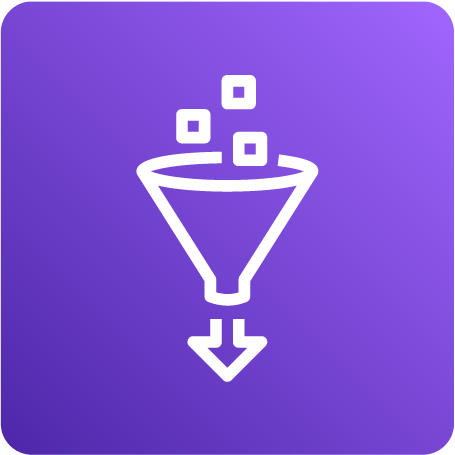
AWS Glue
AWS Glue is a fully managed ETL service provided by Amazon Web Services, designed to make data preparation simpler and easier for analytics.
Fivetran
Fivetran is a cloud-based data integration tool that focuses on providing automated data pipelines with minimal maintenance.
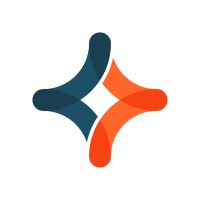
Jitterbit
Jitterbit is a data integration platform that combines the power of APIs and integration to connect various applications.

Celigo
Celigo offers an integration platform as a service (iPaaS) designed to connect cloud applications and automate workflows efficiently.
Adverity
Adverity is a leading data integration platform known for its powerful analytics capabilities. It specializes in transforming raw data into meaningful insights, making it a favorite among marketing and analytics teams.
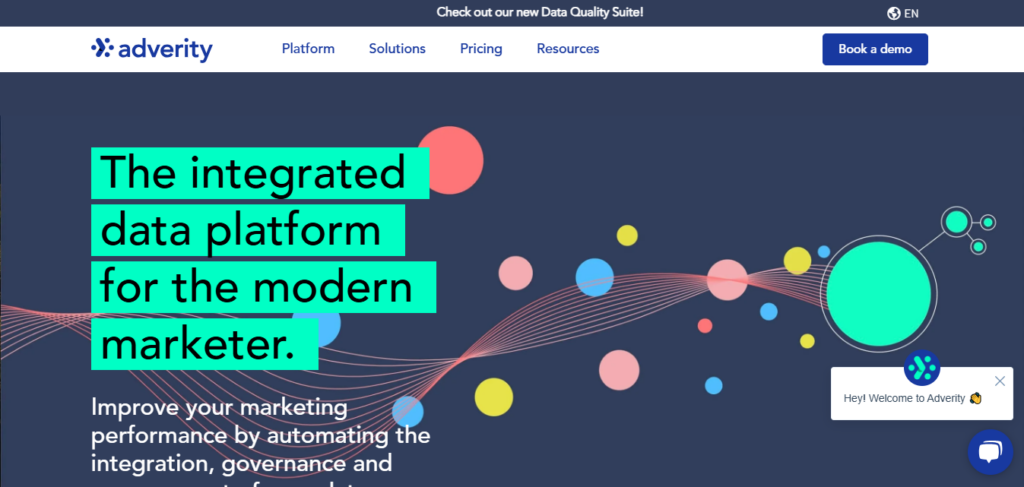
Features
- Automates data collection from hundreds of sources.
- Offers comprehensive data transformation and harmonization.
- Provides real-time data visualization dashboards.
- Supports advanced analytics and machine learning capabilities.
- User-friendly interface with drag-and-drop functionality.
- Offers customizable reporting features.
- Ensures data security with robust encryption protocols.
- Scalable architecture to grow with your business.
- Seamlessly integrates with popular BI tools like Tableau and Power BI.
- Offers API connectivity to expand functionality.
Pros and Cons
See Also: 8 Best AI ETL Tools for Data Integration
Dell Boomi
Dell Boomi is a cloud-based integration platform as a service (iPaaS) that connects applications and automates workflows seamlessly. Its low-code development environment makes it accessible to users without extensive technical expertise.
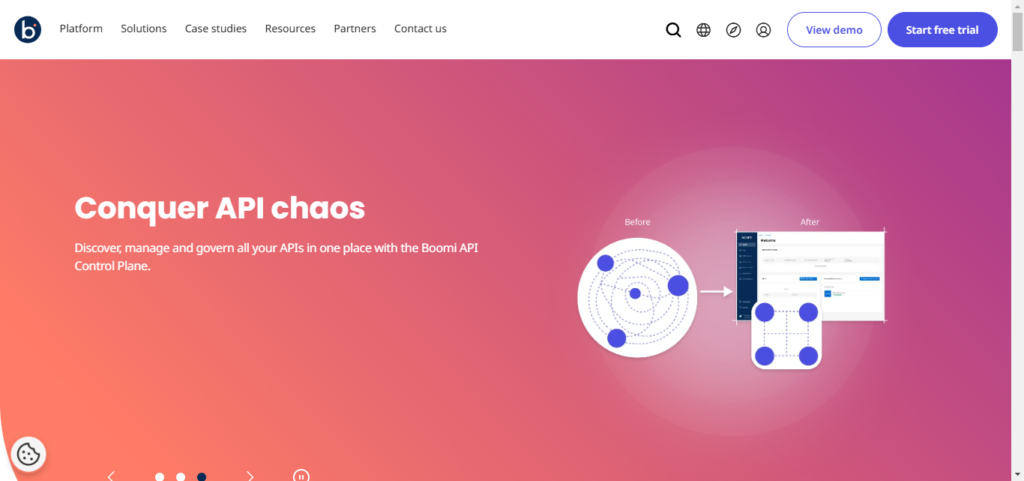
Features
- Intuitive drag-and-drop interface for easy integration setup.
- Comprehensive library of pre-built connectors.
- Real-time data synchronization across platforms.
- Robust API management and creation capabilities.
- Supports complex ETL (Extract, Transform, Load) processes.
- Dell Boomi provides 1,500 built-in endpoint connections.
- Scalable architecture suitable for growing businesses.
- Offers extensive data governance and compliance tools.
- Real-time monitoring and alerts for proactive management.
- Seamless integration with SaaS, PaaS, IoT, and B2B platforms.
- Provides a unified view of data with advanced analytics.
Pros and Cons
IBM InfoSphere DataStage
IBM InfoSphere DataStage is an enterprise-level data integration tool renowned for its high-volume data processing capabilities. It is particularly effective in handling complex data integration projects.
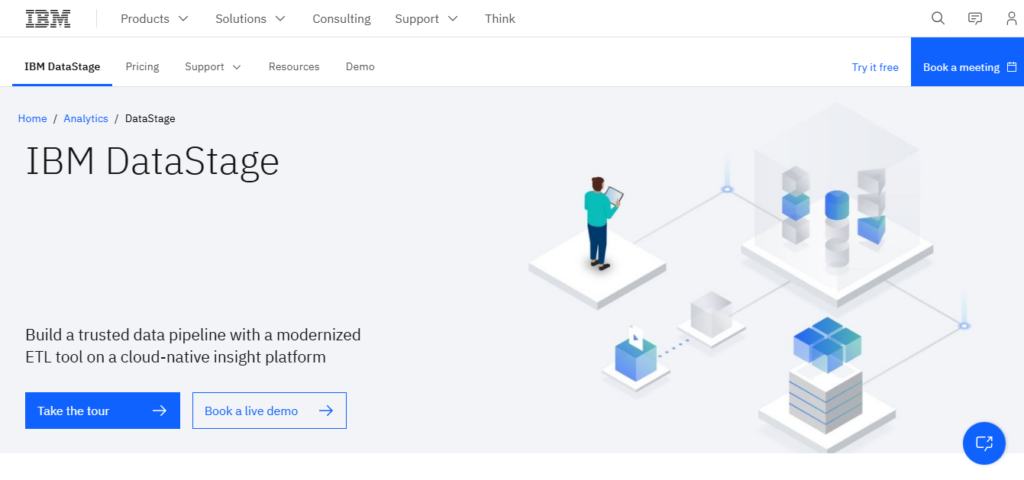
Features
- Powerful parallel processing for high-speed data handling.
- Extensive data transformation and cleansing features.
- Supports both batch and real-time data integration.
- Scalable architecture for large data volumes.
- Strong integration with IBM’s suite of analytics tools.
- Comprehensive security and compliance features.
- Flexible deployment options, including on-premises and cloud.
- Offers connectivity to a vast array of data sources.
- Provides detailed lineage and audit trails for data governance.
- Architecture designed for parallel processing.
- Compatibility with big data platforms and cloud environments.
- Strong and effective metadata management.
- Cloud-native platform
- Powerful data migration capabilities
Pros and Cons
See Also: 7 Best AI Tools for Data Analysts
AWS Glue
AWS Glue is a fully managed ETL service provided by Amazon Web Services, designed to make data preparation simpler and easier for analytics.
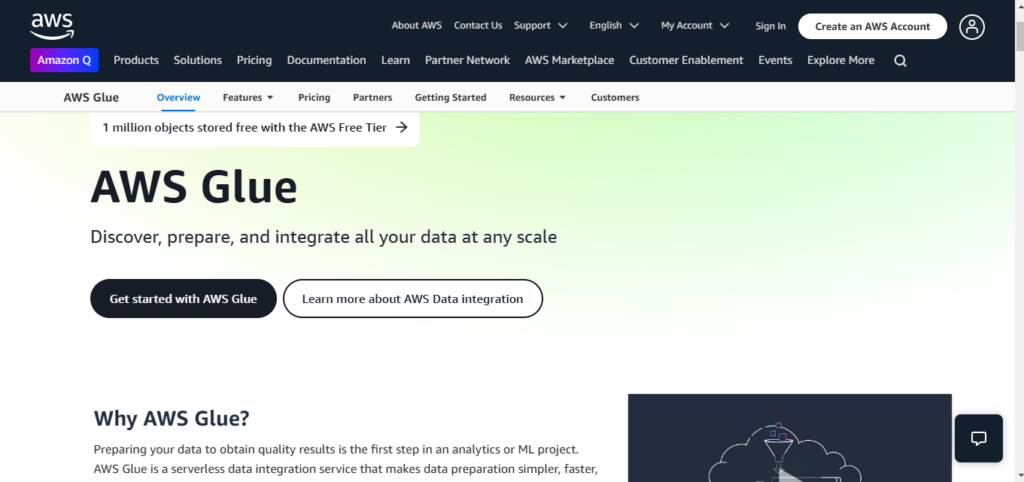
Features
- Serverless infrastructure that scales automatically.
- Comprehensive ETL capabilities with code generation.
- Flexible data catalog for managing metadata.
- Supports a wide range of data formats and sources.
- Offers machine learning transformations for data enrichment.
- Integrated with AWS analytics, including Amazon S3 and Redshift.
- Automated schema discovery and versioning.
- Real-time monitoring and logging for transparency.
- Provides a developer-friendly interface with Spark and Python support.
- Pay-as-you-go pricing model for cost efficiency.
- Serverless architecture.
- Scalable data integration.
- Automated schema discovery.
Pros and Cons
Fivetran
Fivetran is a cloud-based data integration tool that focuses on providing automated data pipelines with minimal maintenance.
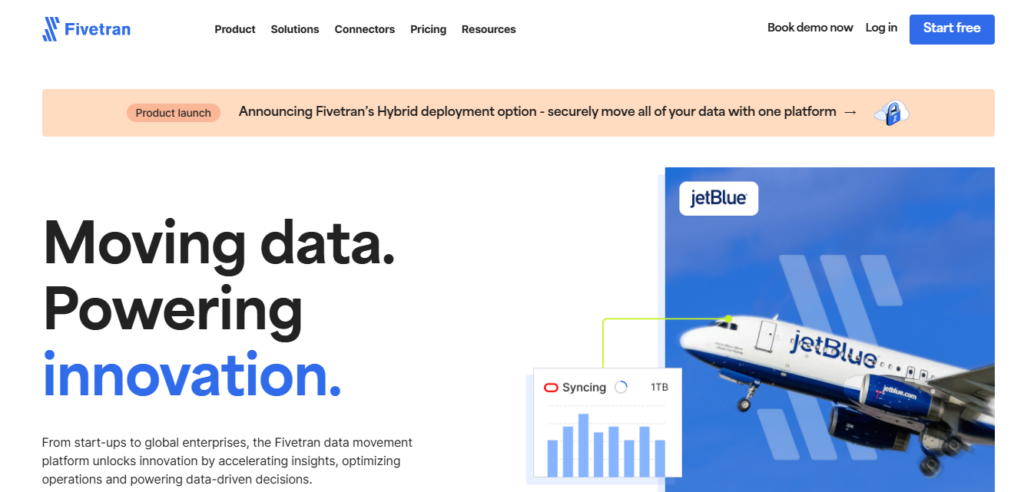
Features
- Automated data pipelines with scheduled updates.
- Pre-built connectors for numerous data sources.
- Real-time data synchronization with minimal latency.
- Schema evolution capabilities for dynamic data sources.
- Supports data transformation within the pipeline.
- User-friendly dashboard for monitoring and management.
- Secure data handling with encryption at rest and in transit.
- Scalable infrastructure to accommodate growth.
- Comprehensive logging and error notification features.
- Provides SLA-backed uptime guarantees for reliability.
- Extensive library of connectors.
- GDPR compliance.
- Data replication capabilities.
- Automated data pipelines with real-time updates.
- Pre-built connectors.
- Hands-off maintenance.
Pros and Cons
See Also: 7 Best Tools For Data Cleaning for Analysts
Jitterbit
Jitterbit is a versatile data integration platform that combines the power of APIs and integration to connect various applications and data sources.
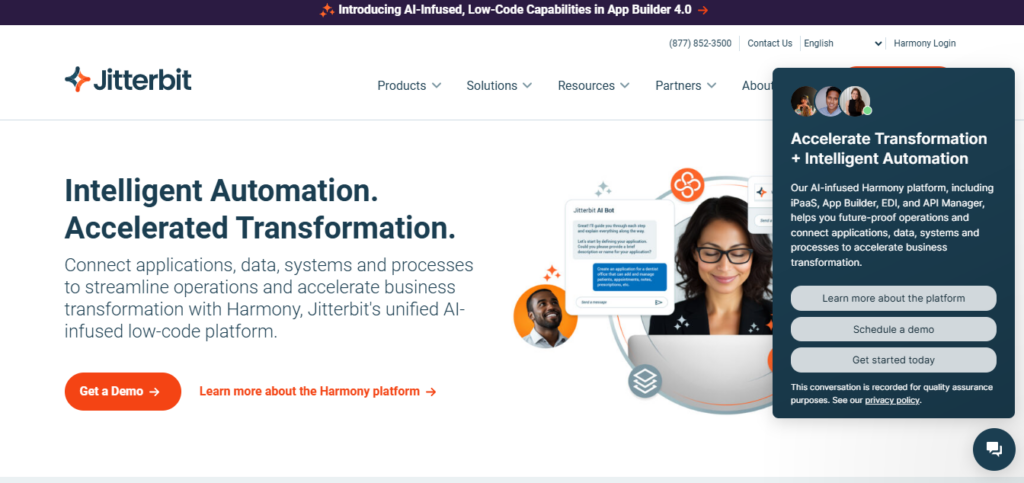
Features
- Intuitive graphical interface for rapid integration.
- Comprehensive API management and creation tools.
- Extensive library of pre-built templates and connectors.
- Advanced ETL capabilities for data transformation.
- Supports hybrid deployment models, including cloud and on-premises.
- Seamless integration with CRM, ERP, and other enterprise systems.
- Provides detailed analytics and reporting features.
- Strong security measures with compliance tools.
- Scalable solutions for businesses of all sizes.
Pros and Cons
Celigo
Celigo offers an integration platform as a service (iPaaS) designed to connect cloud applications and automate workflows efficiently.
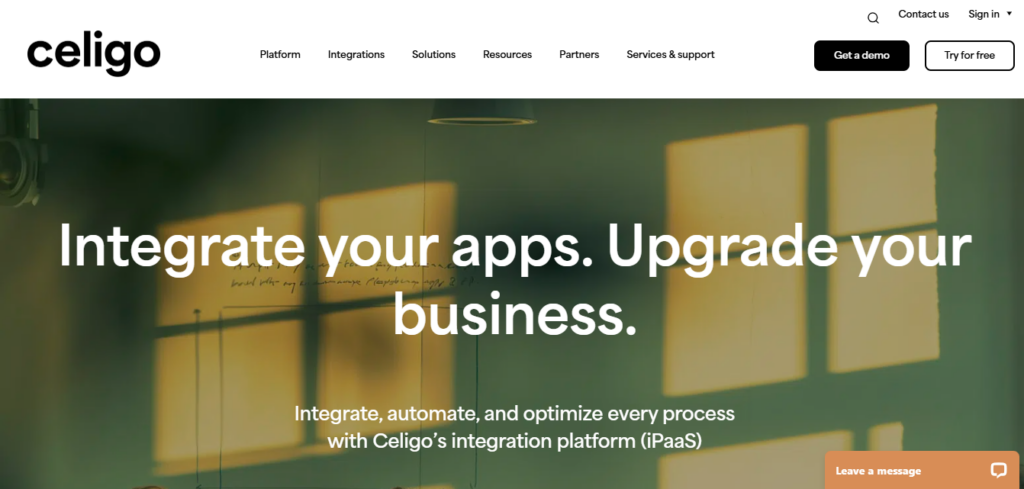
Features
- User-friendly interface with drag-and-drop functionality.
- Wide range of pre-built integrations and templates.
- Real-time data synchronization with automation.
- Advanced error handling and monitoring tools.
- Supports customizable workflows and business logic.
- Offers comprehensive API management capabilities.
- Scalable solutions for growing businesses.
- Detailed analytics and reporting features.
- Secure data handling with encryption protocols.
- Seamless integration with leading SaaS applications.
Pros and Cons
Conclusion
When selecting the best data integration tool, consider your organization’s specific needs, such as ease of use, scalability, and budget. Tools like Fivetran and Dell Boomi offer extensive connectors and real-time data capabilities, but they may have limitations in customization and cost. Cloud-native options provide flexibility and powerful migration features but may require more technical expertise. Ultimately, the right choice balances automation, security, and performance while fitting seamlessly into your existing data ecosystem.
FAQs
What are data integration tools?
Data integration tools facilitate the combining of data from different sources into a single, unified view, improving data accessibility and decision-making processes.
Why is data integration important?
Data integration enhances efficiency, reduces errors, and provides real-time insights, which are crucial for strategic decision-making and collaboration.
How do I choose the right data integration tool?
Consider compatibility, scalability, ease of use, customer support, and cost when selecting a data integration tool to ensure it meets your business’s needs.

